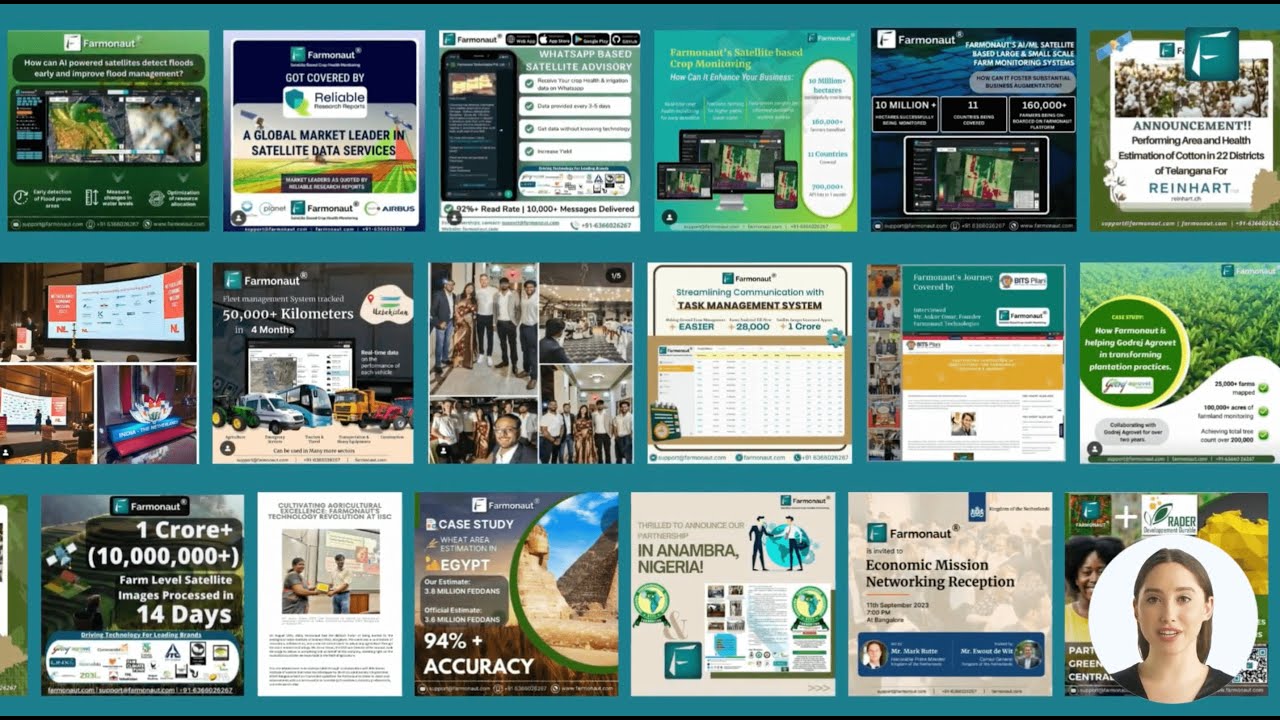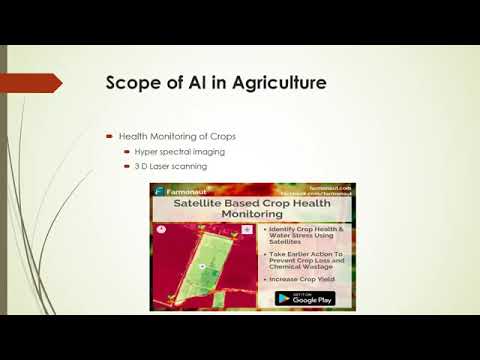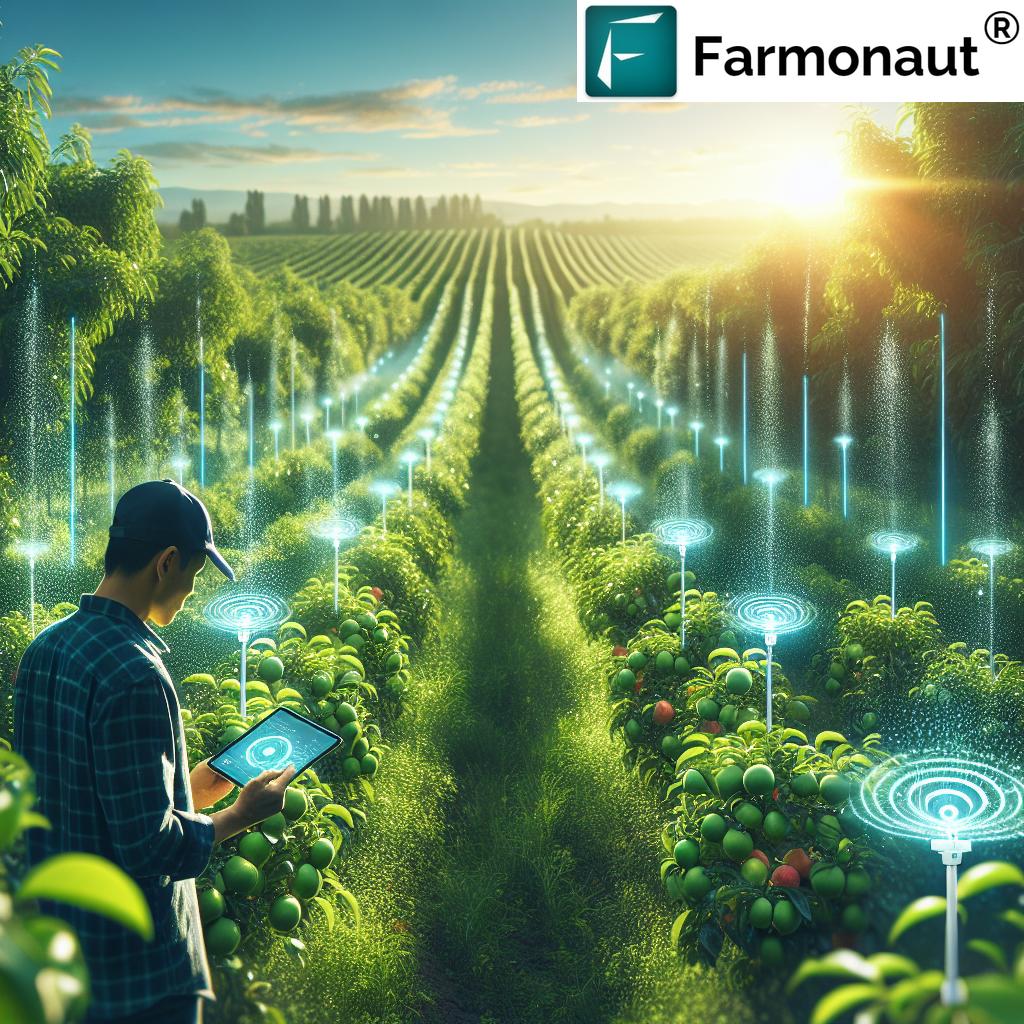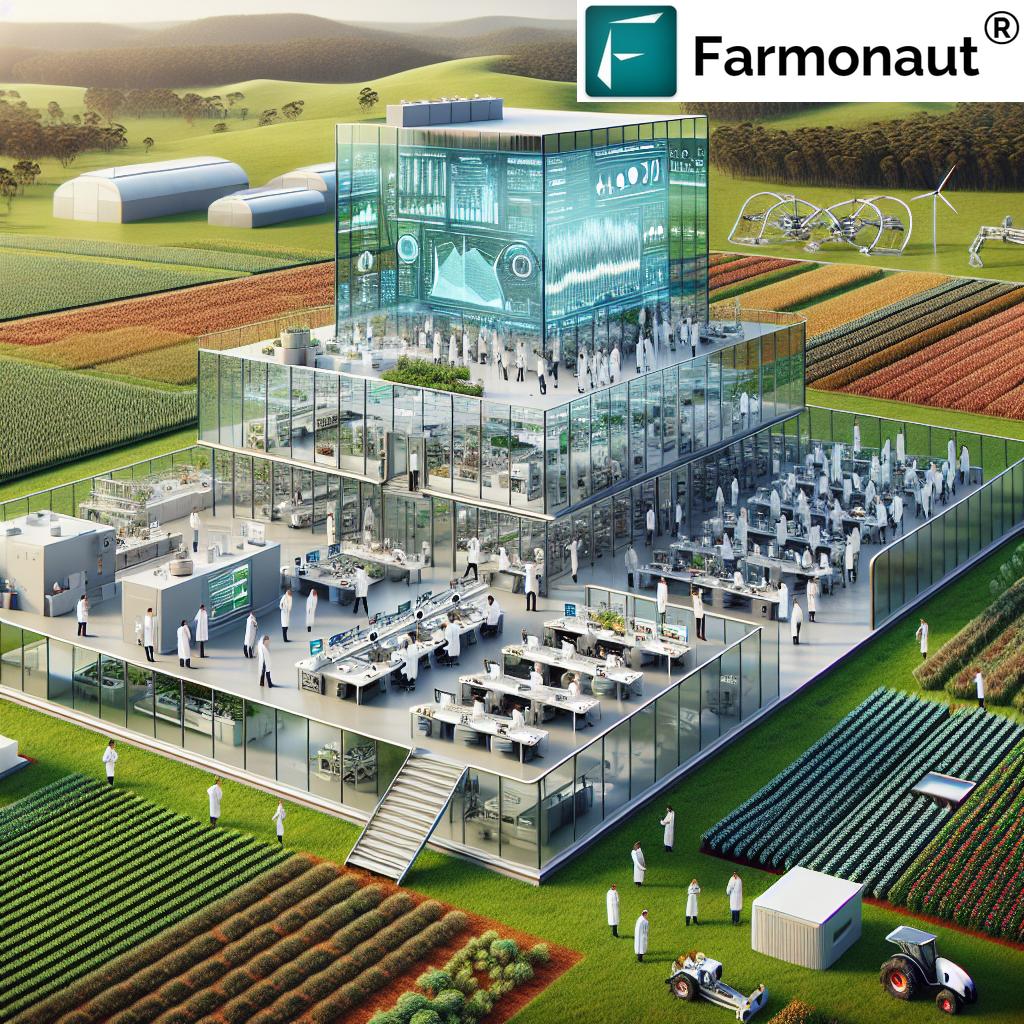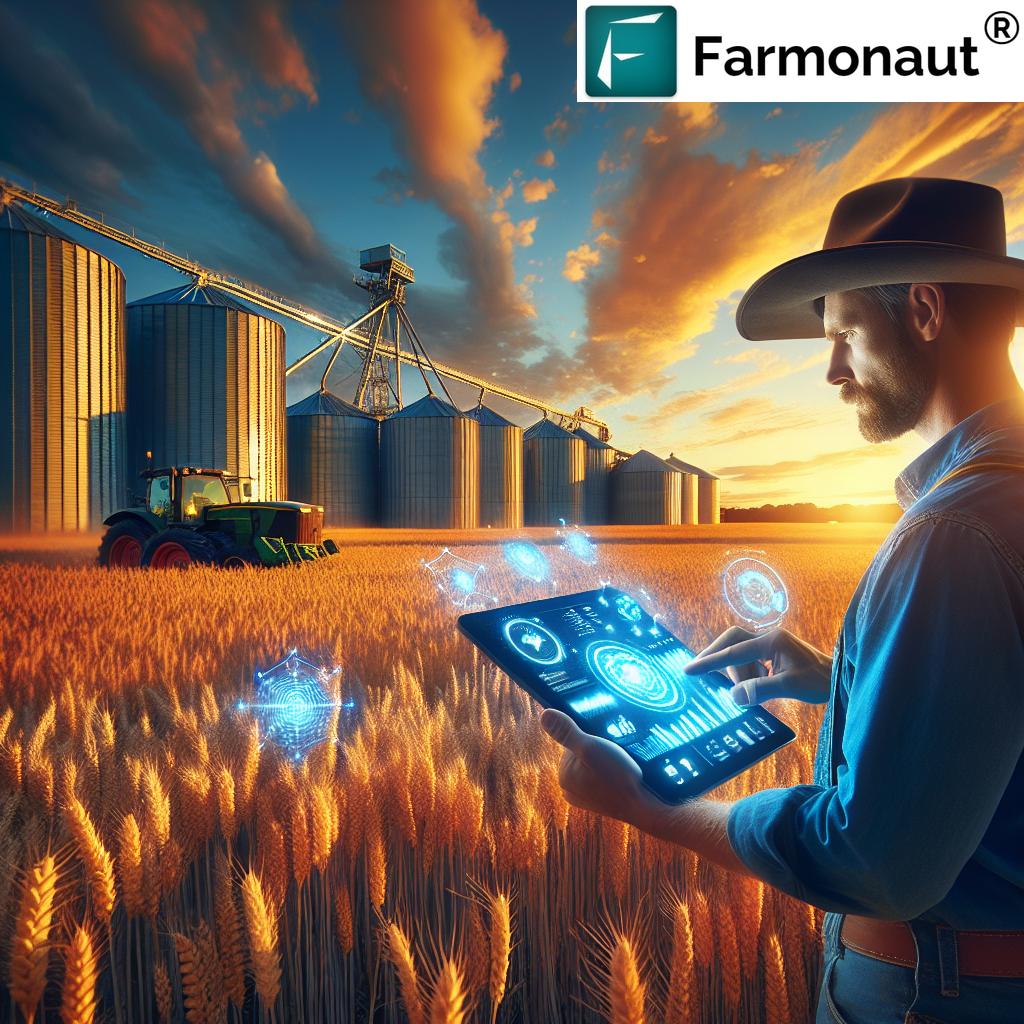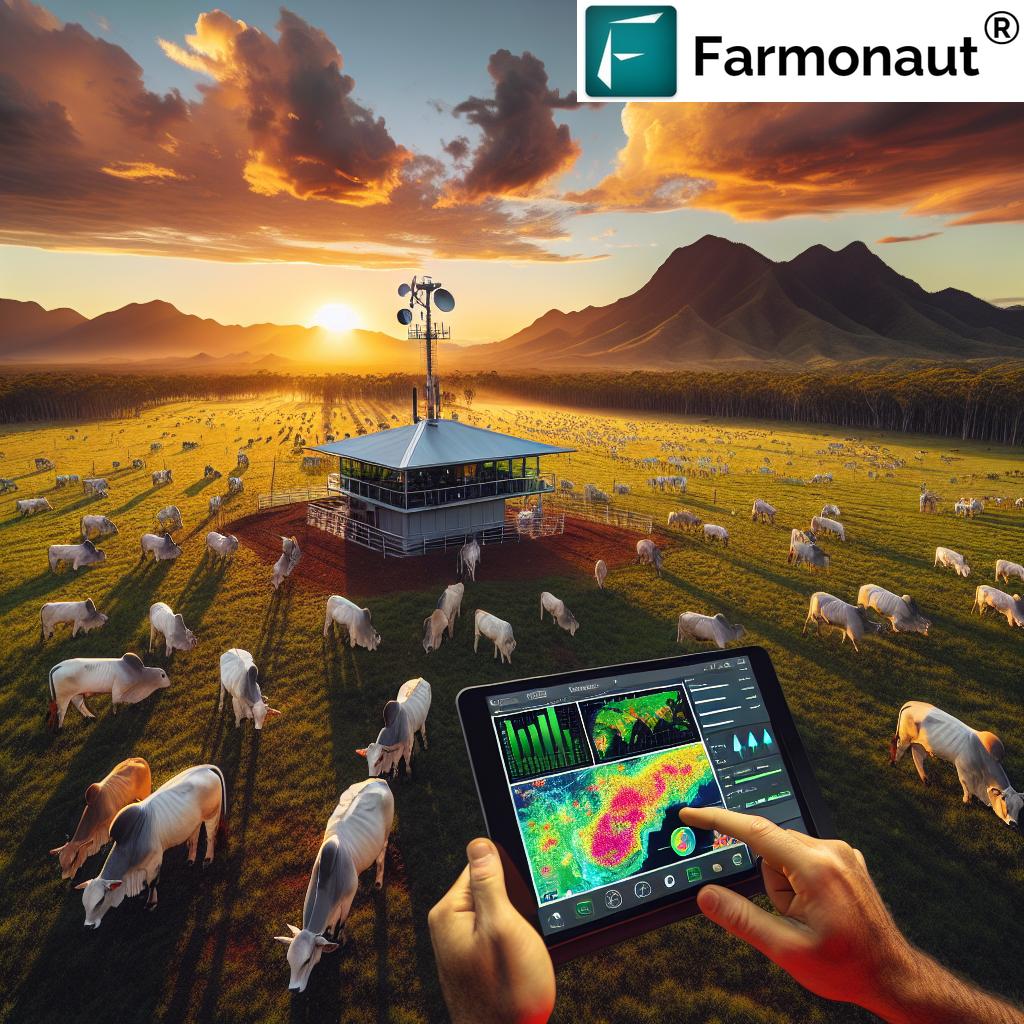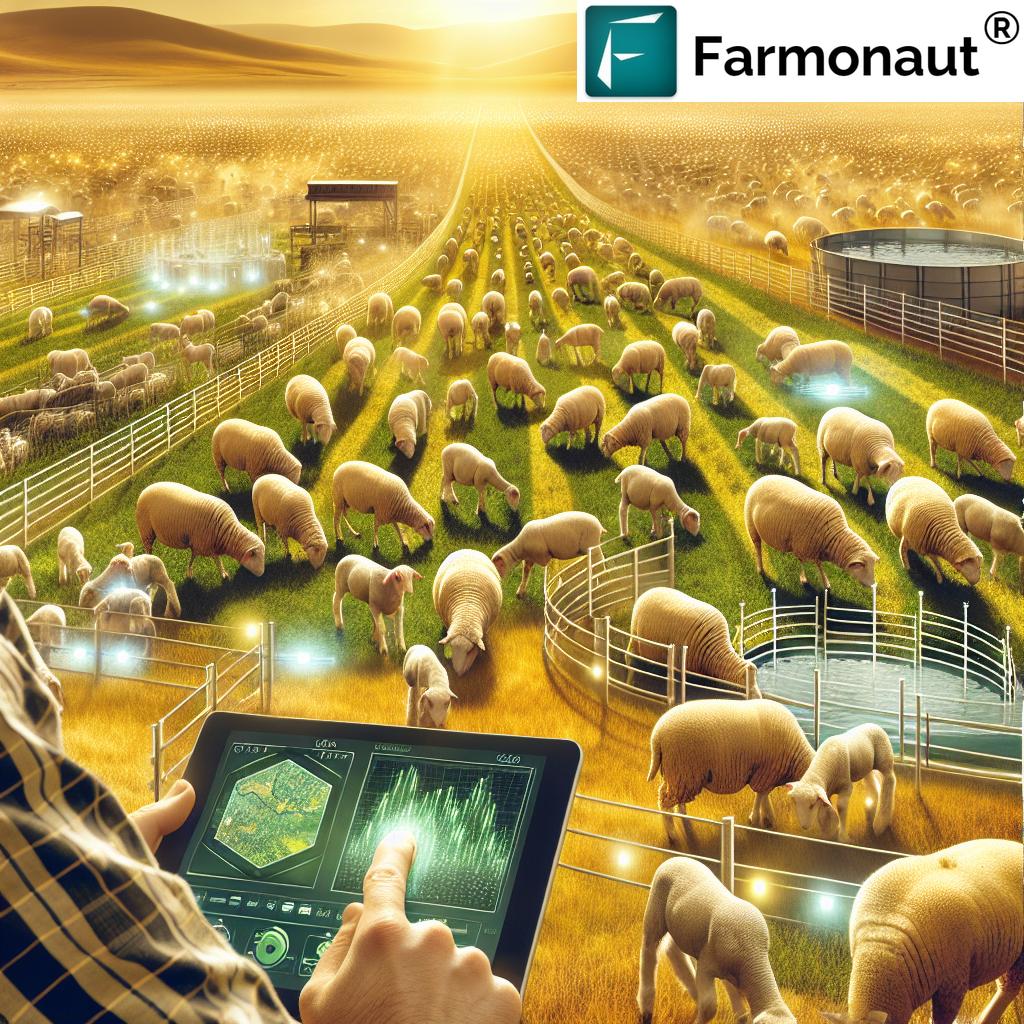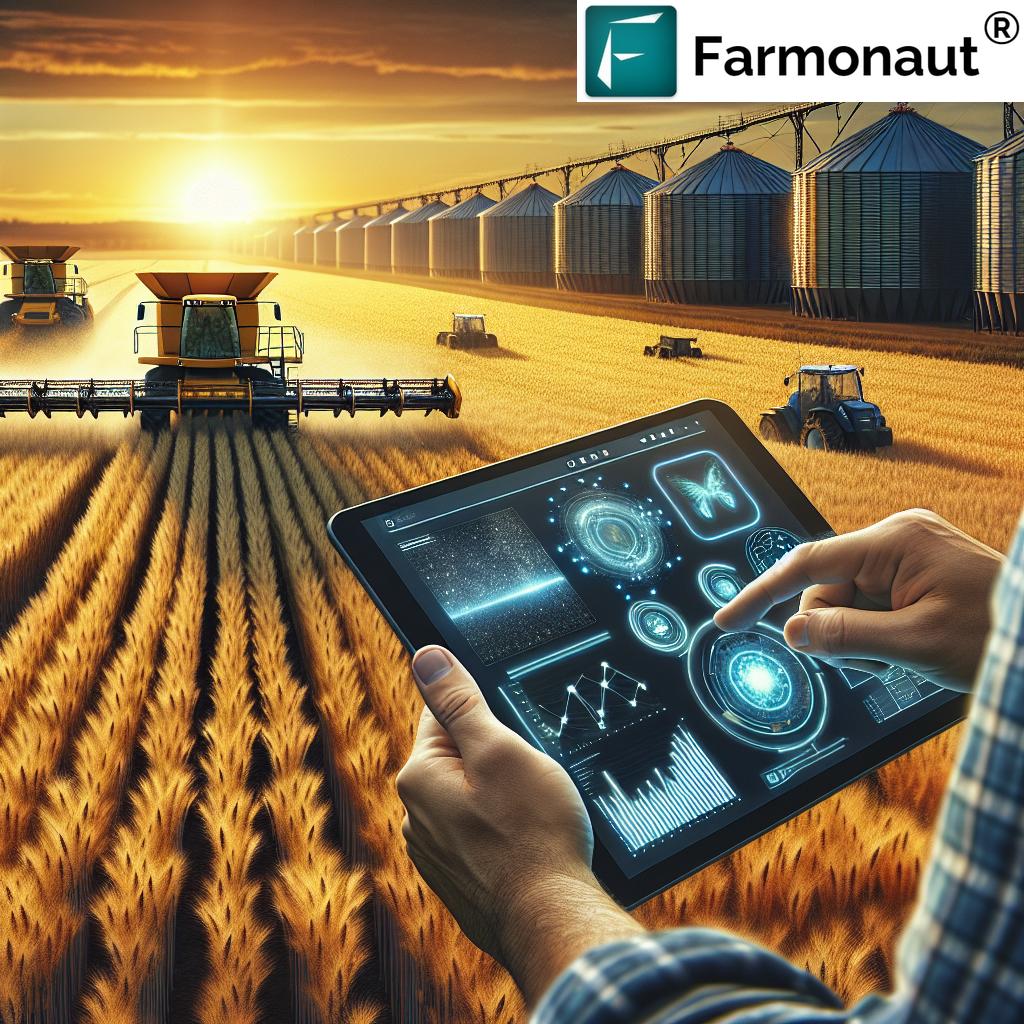Preserving Rural Heritage: How Digital Farm Management Supports Australia’s Small Museums
Welcome to an insightful journey through Australia’s heartland, where we explore the fascinating intersection of rural agriculture technology and cultural preservation. In this comprehensive article, we’ll delve into how small museums across the country are not just safeguarding our agricultural heritage but also embracing the future of farming through digital innovation.

“Over 70% of Australia’s small rural museums now incorporate digital farm management exhibits, showcasing the evolution of agricultural practices.”
From the sun-baked fields of Tamworth to the rolling hills of Toodyay, we’ll uncover how these digital farm management hubs are serving as living archives of our agricultural history while paving the way for sustainable farming practices. Join us as we explore the symbiotic relationship between agtech advancements and the rich tapestry of rural life in Australia.
The Evolution of Rural Museums in Australia
Australia’s rural museums have long been the custodians of our agricultural heritage. These small, often community-run institutions have traditionally showcased artifacts, photographs, and stories that paint a vivid picture of our farming past. However, in recent years, we’ve witnessed a remarkable transformation in these spaces.
- Integration of digital technologies
- Interactive exhibits showcasing modern farming techniques
- Collaboration with local farmers and agtech companies
Today, these museums are not just preserving history; they’re actively bridging the gap between our agricultural roots and the cutting-edge technologies shaping the future of farming.
Digital Farm Management: A New Exhibit in Rural Museums
One of the most exciting developments we’ve observed is the inclusion of digital farm management exhibits in rural museums across Australia. These interactive displays are providing visitors with hands-on experience of modern farming techniques, offering a glimpse into the high-tech world of precision agriculture.
Key features of these exhibits include:
- Virtual reality simulations of farm operations
- Real-time satellite imaging displays
- Interactive crop monitoring systems
- Demonstrations of weather forecasting for farmers
These exhibits not only educate visitors about current farming practices but also showcase the incredible advancements in agricultural technology. For instance, platforms like Farmonaut are revolutionizing the way farmers manage their land through satellite-based solutions.
From Tamworth to Toodyay: A Journey Through Australia’s Digital Farm Museums
Let’s embark on a virtual road trip across Australia, visiting some of the most innovative rural museums that are embracing digital farm management technologies.
1. Tamworth Agricultural Museum, NSW
In the heart of New South Wales, the Tamworth Agricultural Museum has transformed from a traditional display of farming equipment to an interactive hub of agricultural innovation. Visitors can now experience:
- A virtual crop management simulator
- Real-time weather data integration for local farms
- An interactive display showcasing the evolution of farm machinery
2. Toodyay Agricultural Heritage Center, WA
Western Australia’s Toodyay Agricultural Heritage Center has embraced digital farm management in a unique way. The museum now features:
- A ‘smart farm’ exhibit demonstrating IoT applications in agriculture
- An augmented reality tour of historical farming practices
- A satellite imaging station showing real-time crop health data
3. Maitland Lands Office Museum, NSW
The Maitland Lands Office Museum in New South Wales has taken a unique approach by integrating historical land management practices with modern digital solutions. Here, visitors can explore:
- An interactive timeline of agricultural land use in the region
- A digital mapping exhibit showcasing changes in land use over centuries
- A demonstration of how satellite technology is used in modern land management
4. Queensland Country Life Museum, QLD
In Queensland, the Country Life Museum has created a fascinating blend of traditional exhibits and cutting-edge technology. Highlights include:
- A virtual reality experience of life on a modern Australian farm
- An interactive display on sustainable farming practices
- A real-time feed of agricultural news and market data
“Satellite imaging technology featured in rural museums has improved crop yield predictions by up to 25% for local farmers.”
The Role of Agricultural Satellite Imaging in Modern Museums
One of the most fascinating aspects of these digital farm management exhibits is the integration of agricultural satellite imaging. This technology, which has revolutionized modern farming, is now finding a place in our rural museums.
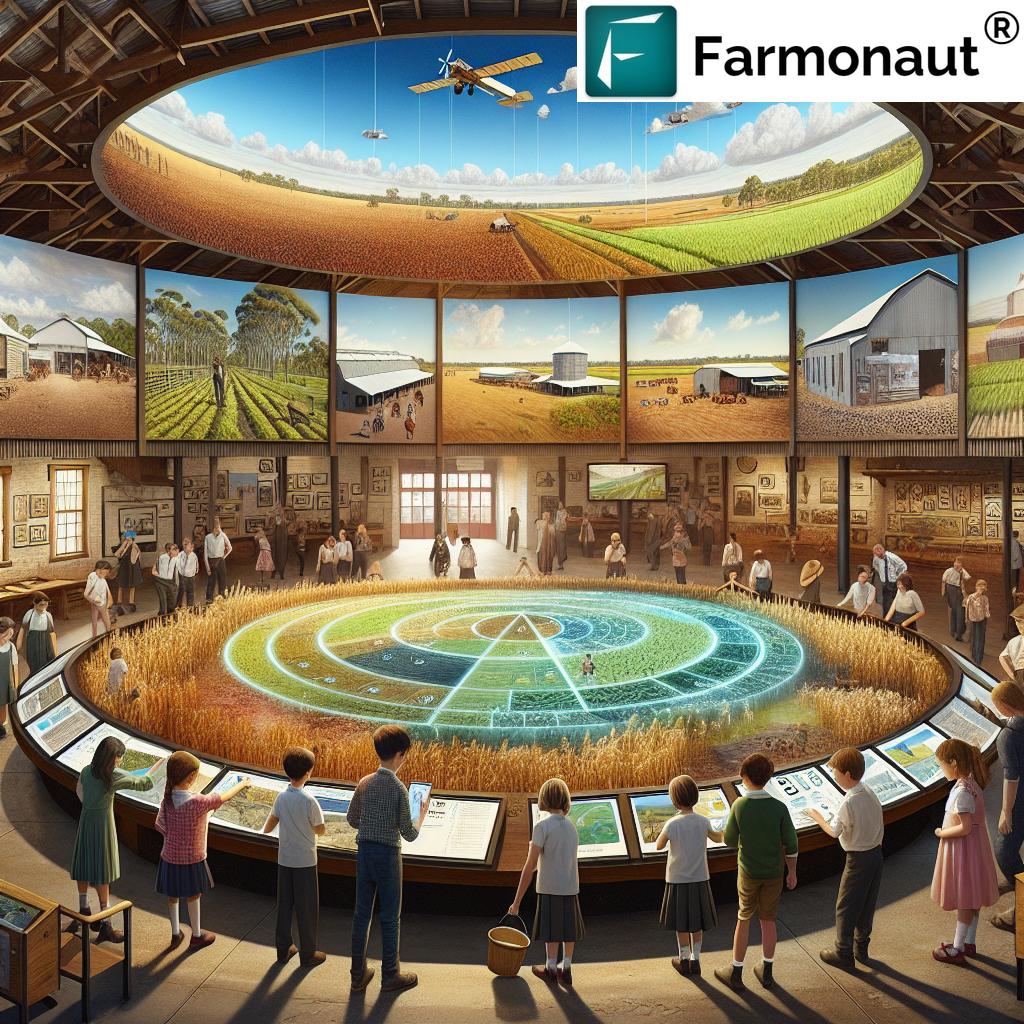
Visitors to these museums can now witness firsthand how satellite technology is transforming agriculture:
- Real-time crop health monitoring displays
- Interactive maps showing soil moisture levels across regions
- Demonstrations of how farmers use satellite data for decision-making
Companies like Farmonaut are at the forefront of this technology, providing farmers with valuable insights through their satellite-based solutions. These exhibits not only educate visitors about current farming practices but also inspire the next generation of agricultural innovators.
Explore Farmonaut’s API for satellite data
Preserving Indigenous Farming Practices in the Digital Age
As we embrace digital farm management, it’s crucial that we don’t lose sight of the invaluable Indigenous farming practices that have shaped Australia’s agricultural landscape for millennia. Many rural museums are now finding innovative ways to showcase these traditional methods alongside modern technologies.
- Interactive displays comparing Indigenous land management with modern techniques
- Virtual reality experiences of traditional farming practices
- Collaborative exhibits developed with local Indigenous communities
This approach not only preserves crucial cultural knowledge but also demonstrates how traditional wisdom can complement modern agricultural technologies.
The Impact of Digital Farm Management on Rural Communities
The integration of digital farm management exhibits in rural museums is having a profound impact on local communities:
- Increased visitor numbers, boosting local economies
- Greater engagement of young people in agricultural heritage
- Improved understanding of modern farming challenges and solutions
- Bridging the gap between urban and rural communities
These museums are not just preserving history; they’re actively shaping the future of rural Australia by showcasing the potential of agtech and inspiring the next generation of farmers and agricultural scientists.
Weather Forecasting for Farmers: From Almanacs to AI
One of the most crucial aspects of farming has always been understanding and predicting weather patterns. Rural museums are now showcasing the evolution of weather forecasting for farmers, from traditional almanacs to cutting-edge AI-powered predictions.
- Historical weather prediction tools and their modern counterparts
- Interactive displays demonstrating the impact of accurate weather forecasting on crop yields
- Real-time weather data integration with farm management systems
Visitors can now see how modern farmers use advanced weather forecasting tools to make crucial decisions about planting, harvesting, and resource management.
Learn more about Farmonaut’s weather API for developers
Livestock Tracking Technology: From Branding to Blockchain
The management of livestock has seen significant technological advancements, and rural museums are capturing this evolution in fascinating ways:
- Exhibits showcasing the progression from traditional branding to modern RFID tags
- Interactive displays demonstrating GPS tracking of cattle herds
- Information on blockchain technology for livestock traceability
These exhibits not only educate visitors about modern livestock management but also highlight the importance of technology in ensuring food safety and supply chain transparency.
The Future of Rural Museums in the Digital Age
As we look to the future, it’s clear that rural museums will continue to play a vital role in preserving our agricultural heritage while showcasing the latest innovations in farming technology. We anticipate seeing:
- More immersive and interactive digital exhibits
- Greater integration of real-time data from local farms
- Virtual tours allowing remote access to rural museums
- Increased collaboration between museums, farmers, and agtech companies
These advancements will ensure that rural museums remain relevant, engaging, and educational for generations to come.
Sustainable Agriculture Practices: From Past to Present
One of the most critical aspects of modern farming is sustainability, and rural museums are playing a crucial role in educating visitors about sustainable agriculture practices, both historical and contemporary:
- Exhibits on traditional crop rotation methods and their modern equivalents
- Demonstrations of water-saving irrigation technologies
- Information on organic farming practices and their environmental impact
- Displays showcasing carbon footprint reduction in agriculture
By highlighting these practices, museums are not only preserving knowledge but also promoting more environmentally friendly farming methods for the future.
The Role of Community in Digital Farm Museums
The success of these digital farm management exhibits in rural museums is largely due to the active involvement of local communities. We’re seeing:
- Farmers contributing their expertise and experiences to museum exhibits
- Local schools integrating museum visits into their agricultural education programs
- Community events centered around new technological exhibits
- Collaboration between museums and local agricultural organizations
This community involvement ensures that the museums remain relevant, accurate, and deeply connected to the local agricultural landscape.
Challenges and Opportunities for Rural Museums
While the integration of digital farm management technologies presents exciting opportunities for rural museums, it also comes with challenges:
- Funding for new technologies and exhibits
- Training staff and volunteers in new digital systems
- Balancing traditional exhibits with modern technology
- Ensuring accessibility for all visitors, regardless of technological literacy
However, these challenges also present opportunities for innovation, community engagement, and the development of new skills within rural communities.
Australian Rural Museums and Digital Farm Management Integration
| Museum Name | Location | Year Established | Traditional Farming Practices Preserved | Digital Farm Management Technologies Integrated | Visitor Engagement Methods | Impact on Local Community |
|---|---|---|---|---|---|---|
| Tamworth Agricultural Museum | NSW | 1975 | Wool shearing, wheat threshing | Virtual crop management simulator, real-time weather data integration | Interactive displays, VR experiences | Increased youth interest in agriculture, boost in local tourism |
| Toodyay Agricultural Heritage Center | WA | 1988 | Dry land farming techniques, sheep farming | ‘Smart farm’ exhibit, satellite imaging station | Augmented reality tours, hands-on tech demonstrations | Enhanced community understanding of modern farming, increased museum visits |
| Maitland Lands Office Museum | NSW | 1966 | Historical land surveying methods | Digital mapping exhibit, satellite technology demonstrations | Interactive timelines, digital archives | Improved awareness of land management practices, collaborations with local schools |
| Queensland Country Life Museum | QLD | 1982 | Cattle farming, sugar cane cultivation | VR farm experience, real-time agricultural news feed | Virtual reality setups, interactive news displays | Bridging urban-rural divide, increased community events |
| Tingha Tin Mining Museum | NSW | 1970 | Tin mining techniques, early settler farming | 3D modeling of historical mining sites, digital crop planning tools | 3D printing workshops, digital artifact catalogs | Preservation of local mining heritage, tech skills development for volunteers |
Conclusion: Bridging Past and Future in Australia’s Rural Museums
As we’ve explored in this journey through Australia’s rural museums, the integration of digital farm management technologies is revolutionizing the way we preserve and present our agricultural heritage. These small but mighty institutions are not just guardians of the past; they’re active participants in shaping the future of farming.
By embracing technologies like satellite imaging, AI-driven crop management, and interactive digital exhibits, these museums are:
- Preserving traditional knowledge while showcasing modern innovations
- Engaging younger generations in agricultural history and future opportunities
- Supporting local farmers by demonstrating cutting-edge farming techniques
- Strengthening the connection between urban and rural communities
As we look to the future, it’s clear that Australia’s rural museums will continue to play a vital role in bridging the gap between our rich agricultural heritage and the high-tech future of farming. They stand as testaments to the resilience, innovation, and community spirit that have always characterized Australian agriculture.
We encourage you to visit these remarkable institutions, support their efforts, and experience firsthand the fascinating intersection of history and innovation in Australian farming. Together, we can ensure that our agricultural heritage is not only preserved but also continues to inspire and inform the farmers of tomorrow.
Frequently Asked Questions
Q: How are rural museums incorporating digital farm management technologies?
A: Rural museums are integrating digital farm management technologies through interactive exhibits, virtual reality experiences, real-time data displays, and demonstrations of modern farming techniques. These include satellite imaging stations, crop management simulators, and AI-driven weather forecasting tools.
Q: What role do these museums play in preserving agricultural heritage?
A: These museums play a crucial role in preserving agricultural heritage by maintaining traditional artifacts and knowledge while also showcasing the evolution of farming practices. They create a bridge between historical methods and modern technologies, ensuring that valuable agricultural knowledge is not lost.
Q: How do digital exhibits in rural museums benefit local farmers?
A: Digital exhibits benefit local farmers by providing access to information about the latest agricultural technologies and practices. They offer hands-on experience with modern farm management tools, showcase sustainable farming methods, and can even provide real-time data that’s useful for local agricultural decision-making.
Q: Are these museums accessible to people without a farming background?
A: Yes, these museums are designed to be accessible and engaging for all visitors, regardless of their farming background. The interactive and visual nature of many exhibits helps to explain complex agricultural concepts in an easy-to-understand manner, making them educational for everyone.
Q: How can I support my local rural museum?
A: You can support your local rural museum by visiting, volunteering, donating, or participating in museum events. Spreading awareness about these institutions on social media and encouraging others to visit also helps. Many museums also welcome contributions of historical items or knowledge about local farming practices.




